This Summer, What’s The Secret to the Perfect Iced Coffee? It’s in the Bag!
When the summer heats up, coffee lovers crave something a little less steamy and a little more refreshing.
Iced coffee fits the bill perfectly.
For some, that means driving to the nearest chain, dropping a bundle, and leaving quality to chance.
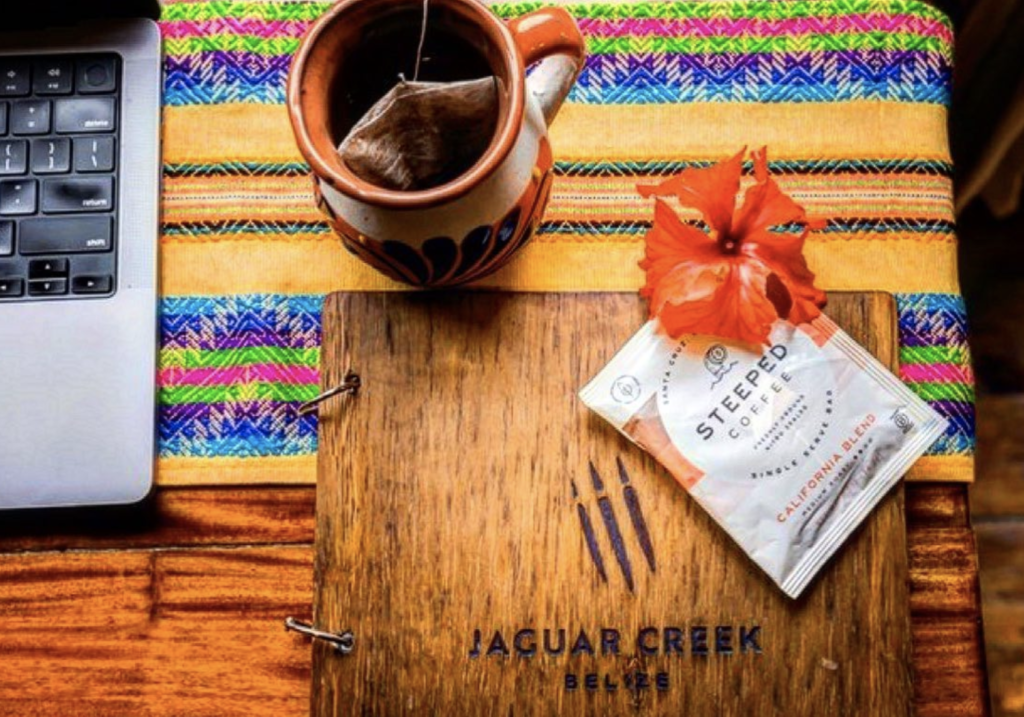
But you can save time and money – and the planet – on a superior brew by making it at home, exactly the way you like it.
Steeped Coffee’s pre-portioned, eco-friendly coffee bags
Steeped Coffee’s pre-portioned, eco-friendly coffee bags allow you to steep a farm-to-cup brew nearly anywhere, sans the machine, waste, or harmful chemicals found in powdered coffee. No need to give up high-end coffee. With a Steeped Coffee Bag and a little bit of patience, your great-tasting, ethically-sourced glass of cold summer happiness is just a few minutes away.
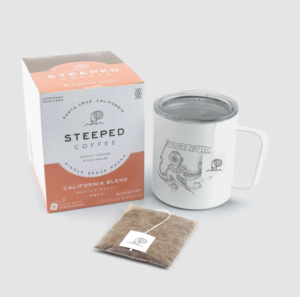
Steeped, Inc. is all about premium coffee with a conscious. Its proprietary single-serve brewing system features Steeped Coffee Packs (think tea bags for coffee) to deliver locally-sourced and roasted micro-batch coffee one delicious cup at a time. Nitro-sealed to preserve freshness, Steeped Coffee Packs are made with renewable and compostable materials and presented in recyclable packaging.
How to make the perfect Steeped Iced Coffee
The award-winning coffee experts at Steeped Coffee have some tips on preparing the perfect iced coffee. The secret to a classic iced coffee, says the Steeped team, is a well-crafted coffee concentrate. A good concentrate is also the basis for many other refreshing coffee drinks we associate with summer sipping.
Read on for tantalizing recipes!
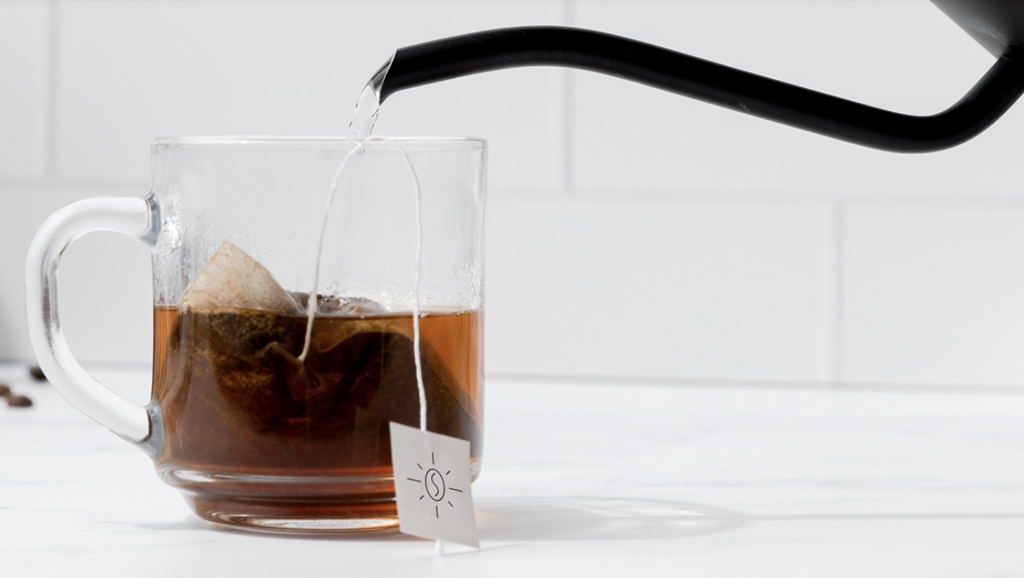
How to make the perfect Steeped Iced Coffee Concentrate
For each serving, you’ll need
1 Steeped Coffee Pack
1 10 oz. mug
Filtered water
Directions
- Heat filtered water to 205 degrees, or just below boiling
- Place Steeped Bag at bottom of mug
- Pour hot water over Steeped Bag until the mug is half full
- Use string to dunk Steeped Bag 20 to 30 times over 1 minute
- Leaving the Steeped Bag in, let the coffee steep for 5 to 7 minutes or more to taste
- Remove Steeped Bag
Tips
- To serve a crowd, make multiple batches of Concentrate. Store leftover Concentrate in the fridge.
- Freeze Steeped coffee in ice cube trays. Use coffee cubes instead of regular ice cubes to avoid diluting your beverage.
- Everyone knows the best way to enjoy iced coffee is through a straw. Be kind to the environment – buy reusable, dishwasher-safe metal straws!
Now it’s time to win summer with basic Steeped Iced Coffee and 6 decadent variations.
- Steeped Iced Coffee
For each serving, you’ll need
1 serving of Steeped Iced Coffee Concentrate (see above)
1 10-oz. glass
Ice
Optional: sugar and creamer or dairy substitute such as unsweetened almond milk
Directions
- Fill the glass to the top with ice
- Slowly pour the Steeped Coffee Concentrate into the glass
- Optional: top off with your favorite sweetener, creamer or dairy substitute to taste. Stir and enjoy.
- Steeped Iced Latte
You’ll need
Steeped Iced Coffee Concentrate (see above)
Milk
Cocktail shaker
Ice
Optional: sweetener or flavored coffee syrup to taste
Directions
- Fill cocktail shaker with ice.
- Add 1 part Steeped Ice Coffee Concentrate and 1 part milk.
- Sweeten to taste, or replace sugar with flavored coffee syrup to make Vanilla Latte, Caramel Latte, etc.
- Shake until foamy
- Pour into a glass filled with ice
- Steeped Blended (Frappuccino-Style) Coffee
You’ll need
Steeped Iced Coffee Concentrate (see above)
Milk
Blender
Ice
Whipped cream
Optional: sweetener or flavored coffee syrup to taste (see above)
Directions
- Prepare as for Latte, but whir in a blender instead of a cocktail shaker.
- Top with whipped cream to taste.
- Steeped Iced Mocha
You’ll need
1 serving of Steeped Iced Coffee Concentrate (see above)
Good quality chocolate syrup
Ice
Milk or cream to taste
Whipped cream
Directions
- Prepare basic Steeped Iced Coffee as above
- Pour over ice
- Stir in chocolate syrup and milk or cream to taste
- Top with whipped cream to taste
- Steeped Vietnamese Iced Coffee
You’ll need
1 serving of Steeped Iced Coffee Concentrate
Sweetened condensed milk
Ice
Directions
- Prepare basic Steeped Iced Coffee as above, omitting sugar and creamer.
- Stir in sweetened condensed milk to taste.
- Pour into tall glass over ice.
- Steeped Thai Iced Coffee
You’ll need
Extra-strong Steeped Iced Coffee Concentrate (allow bag to steep a few extra minutes)
Sweetened condensed milk OR evaporated milk OR half-and-half
Ice
Ground cardamom
Directions
- Prepare basic Steeped Iced Coffee as above.
- Pour into tall glass over ice.
- Top with your choice of sweetened condensed milk, evaporated milk, or half-and-half, but DO NOT STIR. Sweeten to taste.
- Sprinkle with ground cardamom
- Steeped Spiked Iced Coffee
You’ll need
Steeped Iced Coffee Concentrate (see above)
Liqueur of your choice: hazelnut, orange, Irish cream, amaretto, etc.
Ice
Sweetener or creamer (optional)
Directions
- Prepare basic Steeped Iced Coffee as above.
- Pour into tall glass over ice.
- Stir in 1 shot of liqueur.
- Sweeten and top with creamer to taste. Stir and enjoy.
Steeped Coffee focuses on every detail from farm-to-cup and beyond
Steeped, Inc. based in Santa Cruz, California, is a Certified B Corp and Benefit Corporation focused on every detail from farm-to-cup and beyond, to bring people the most convenient, quality, ethically sourced, and sustainably packaged products available.
Steeped is the new standard in coffee helping to make quality coffee more accessible through its proprietary technology and Steeped Brewing Method that is licensed to over 450 of the top specialty roasters around the globe. Steeped delivers 100% freshly roasted, precision ground, and nitro-sealed specialty coffee pre-portioned within Steeped Full Immersion Filters.
Steeped Coffee is the simplest way to make a perfect cup of coffee by just adding water, with no machine needed. Welcome to Coffee Simplified.
Steeped Coffee is available through KeHE, as well as on Amazon with Prime Free Delivery, at premium supermarkets, luxury hotels, and offices with craft coffee and at-home services.
For more information, visit steepedcoffee.com.


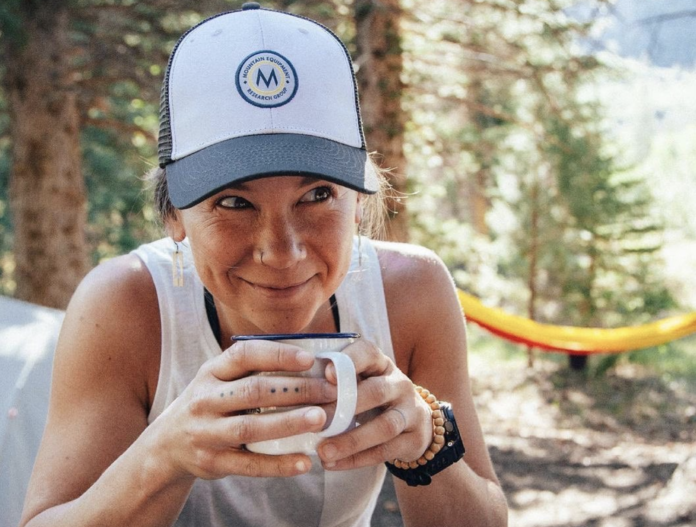
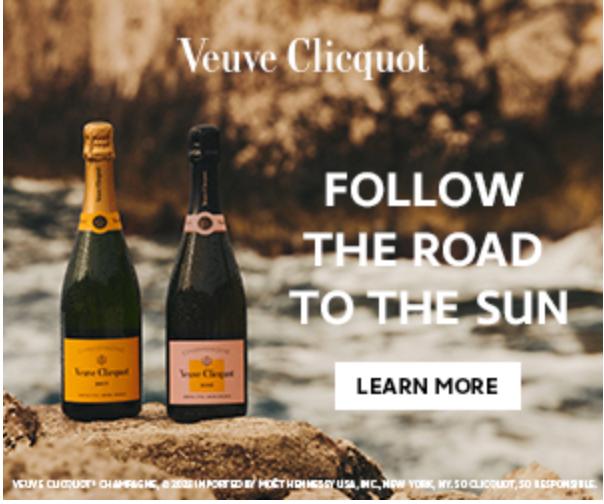
[…] Ben & Jerry’s is throwing its annual Free Cone Day celebration, and while any day free ice cream is involved is a win, the Ben & Jerry’s team behind the annual fan appreciation event, […]
[…] Ben & Jerry’s is throwing its annual Free Cone Day celebration, and while any day free ice cream is involved is a win, the Ben & Jerry’s team behind the annual fan appreciation event, […]
[…] ever claim that a natural substance cures anything, but I did notice there were certain types of coffee and coffee beans that caused cancer cell death, […]
[…] ever claim that a natural substance cures anything, but I did notice there were certain types of coffee and coffee beans that caused cancer cell death, […]
[…] ever claim that a natural substance cures anything, but I did notice there were certain types of coffee and coffee beans that caused cancer cell death, […]
[…] ever claim that a natural substance cures anything, but I did notice there were certain types of coffee and coffee beans that caused cancer cell death, […]